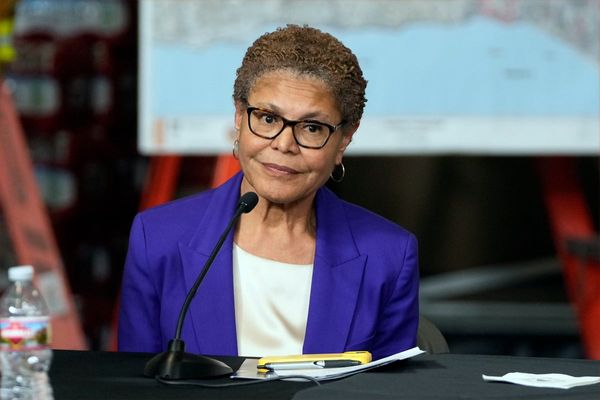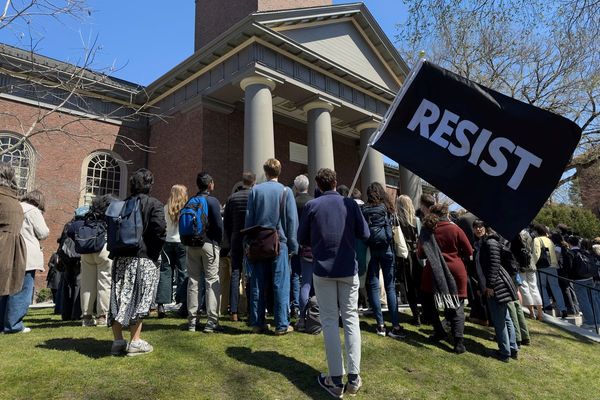
Opposition Leader Peter Dutton has promised a Coalition government would spend an extra A$400 million on youth mental health services.
This is in addition to raising the number of subsidised psychology sessions from ten to 20, which had been previously announced.
While extra funding for youth mental health is welcome, it’s important to target this in ways that will make a real difference to young people.
In our recent research, we asked young people about their experiences of waiting for mental health support, how they coped in the meantime, and what would really make a difference while they waited.
Rates of mental illness rising
An estimated one in seven Australian children and adolescents had a mental illness in the past 12 months. Rates of mental illness have also increased over time, particularly among younger generations.
The COVID pandemic led to a rapid rise in the number of children and young people seeing their GP for mental health problems. Visits for depression rose by 61% and eating disorders by 56% compared with before the pandemic.
The number of visits to the emergency department in New South Wales for self-harm, or plans or thoughts about suicide, have also increased since COVID.
The annual Mission Australia Survey reveals young Australians see mental health as one of their biggest challenges, with thousands calling for more support.
But there are long waits for care
Despite the greater demand for mental health treatment in Australia, there is very little information on how long young people wait to access it.
The Australian Psychological Society reported that during the pandemic, 88% of psychologists increased their wait times and one in five were not taking on new clients. This meant about half of people waited more than three months to begin psychological treatment. But this is for clients of all ages.
There is also little information on how young people experience the wait for treatment.
We asked young people about the wait for care
We recently published research on the wait times for mental health treatment for Australian teens.
We asked 375 young people aged 13–17 about the mental health care they have tried to access for their anxiety and depression and how long they waited to start treatment. We also asked them about their mental health while they waited, what helped them cope, and the types of support they received.
We found that on average, teens were waiting more than three months for their first session of treatment. Most teens waited to access psychologists and psychiatrists after a GP referral.
While their wait times varied, nearly all teens felt they waited “too long”.
Longer wait times were linked to poorer mental health, with more than 90% of teens reporting high distress while they waited. Many of the teens felt their feelings of worry and sadness had worsened and they had used risky and unhealthy ways to cope, such as spending more time alone, sleeping more, self-harming, and using alcohol and other drugs.
Most teens did not receive any support from their health-care providers during the wait time, despite wanting it.
One female 17-year-old had waited six months for treatment and told us:
It felt like I was hanging over a cliff and was just told to hold on.
Teens also felt their parents would benefit from greater support during the wait time. But we need more research to better understand how to help families.
Together, these findings show we desperately need to address wait times for young people’s mental health treatment.
Teens know the support they need
If teens are to wait for mental health treatment, they told us they need support while they do so.
Young people wanted more regular contact and “check-ins” from their service providers, someone to talk to during the wait, as well as more useful information on positive ways to cope.
Most teens in our study used digital mental health tools – such as mental health websites, online mental health checks, mobile apps, online chat services and forums – while they waited.
We’re developing digital mental health tools, in consultation with young people and GPs, to support doctors to care for their teen patients when treatment isn’t available right away. We’re testing the system of short digital mental health programs, supportive text messages and peer support in NSW this year.
But not all teens we surveyed found digital mental health tools helpful. So we need to offer teens a range of supports – from their family, their GP, and from their referred service provider – to help them cope while they wait for treatment.
What can governments do?
We must carefully consider when, where and how mental health funds are invested. If governments wish to see more young people treated for their mental health problems, then we need to look at how our health-care system will cope with the growing demand.
We also need national, transparent benchmarks for how long young Australians wait for mental health treatment. Only some health services in Australia have this. Other countries, such as the United Kingdom, have something similar to minimise the health risks of young people waiting too long for care.
Ultimately, though, we need to prevent mental health issues from starting in the first place. That would reduce the need for treatment, the very type young Australians are waiting too long for.
If this article has raised issues for you, or if you’re concerned about someone you know, call Kids Helpline on 1800 55 1800 or Lifeline on 13 11 14.
Bridianne O'Dea is supported by a National Health and Medical Research Council (NHMRC) Medical Research Future Fund (MRFF) Investigator Fellowship (1197249) and a MRFF Millions Minds Mental Health Grant (2035416). Bridianne O'Dea received funding from the Buxton Family Foundation, Australian Unity, the Frontiers Technology Clinical Academic Group Industry Connection Seed Funding Scheme and the UNSW Medicine, Neuroscience, Mental Health and Addiction Theme and SPHERE Clinical Academic Group Collaborative Research Funding to conduct this research. Bridianne O'Dea is a member of the Australian Society for Mental Health Research and the International Society for Research on Internet Interventions. Bridianne O'Dea's current work has received pro bono support from Deloitte Digital Australia.
This article was originally published on The Conversation. Read the original article.







